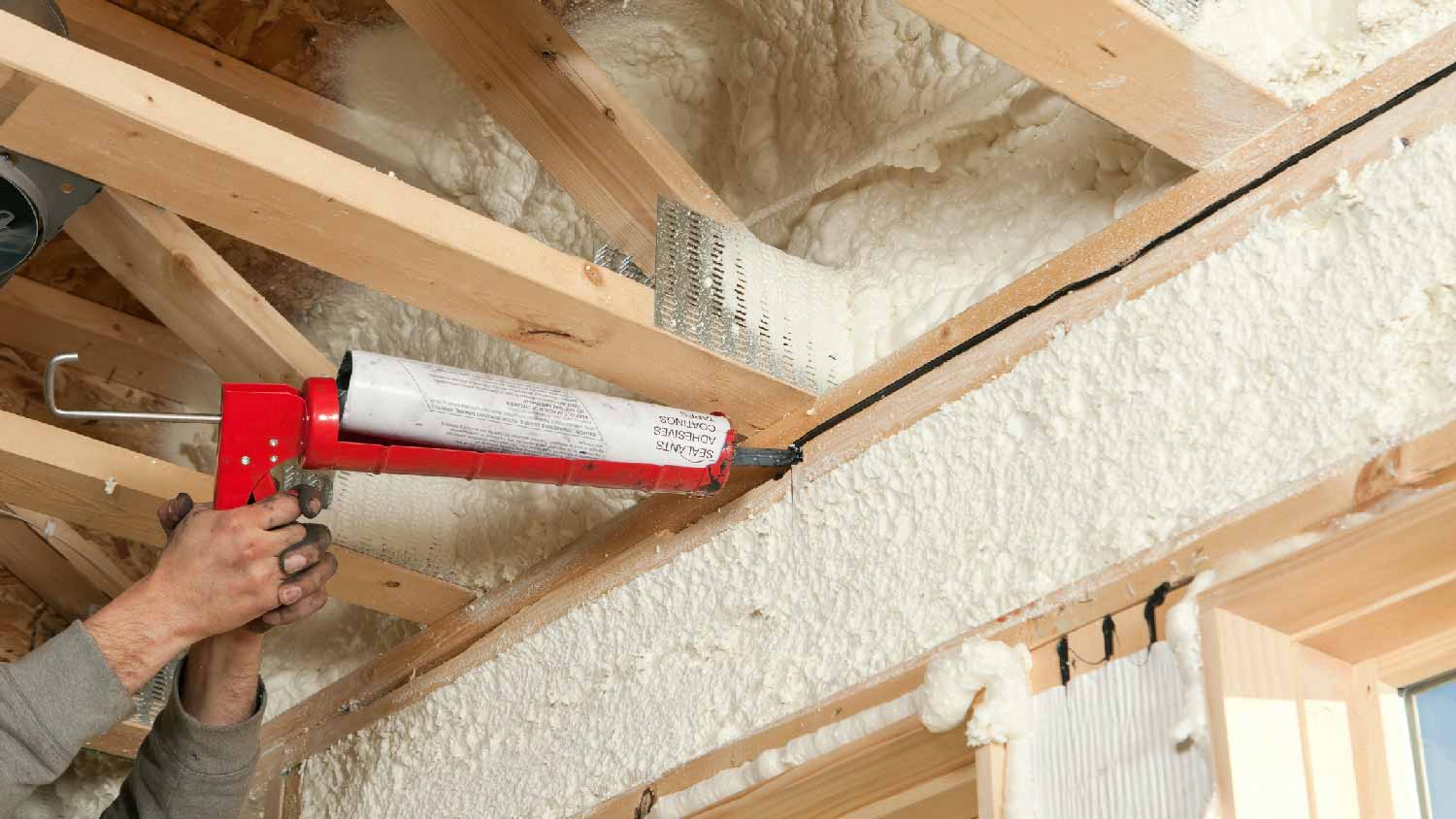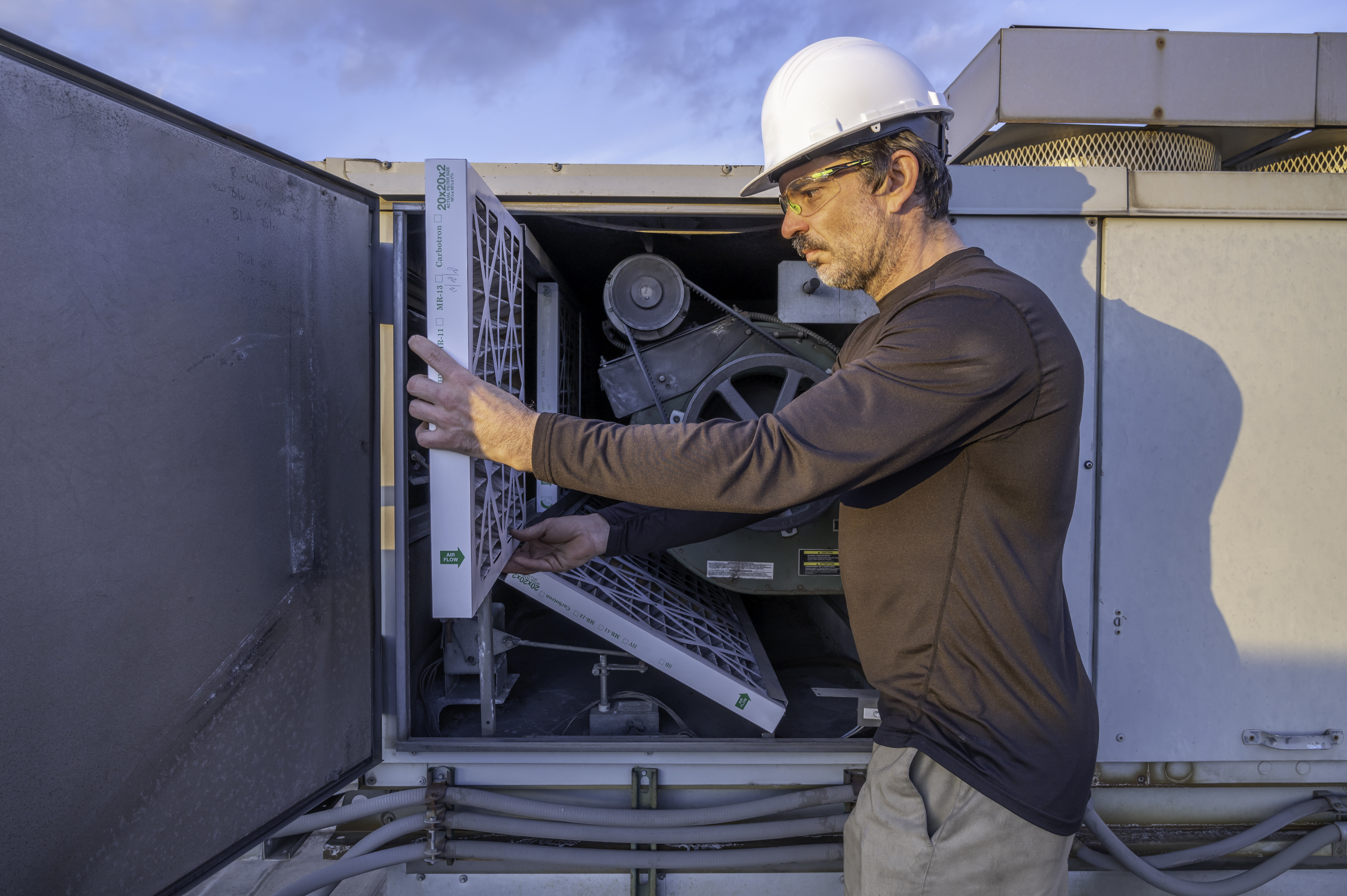
Whole-house humidifier costs vary based on the type and size of the unit, along with other factors. The price might be worth it for people living in dry regions.
Garage feeling drafty? Here’s how to heat up your space this winter.
A garage is a versatile space that you can transform to meet your needs, including learning how to heat the garage during cold-weather months. Whether for storage, entertainment, or a home gym, keep your garage warm using these seven helpful heating ideas to maintain a cozy garage as the winter weather approaches.
If you spent significant time working in your garage during the winter, you can consider installing a garage heater to keep the entire space warm. These appliances run on electricity, propane, natural gas, or infrared technology. You can install a small unit yourself for about $150 or hire HVAC professionals to install a larger unit for up to $4,000. The average garage heater costs around $2,075. Consult a local HVAC professional to determine the best course of action for your garage-heating needs.
Since most garages aren’t insulated, frigid air can easily enter through the garage door, floor, windows, and walls. A lack of proper insulation can also make other heating sources ineffective. Insulating every part of your garage is often the first step to creating and sustaining a warm atmosphere. Common types of insulation include fiberglass, rigid foam, spray foam, and cellulose.
Adding insulation to garage windows and pedestrian doors is usually DIY-friendly. While more experienced DIYers may be able to insulate a garage door, hiring a pro can ensure that your space is insulated properly.

To keep your garage warm, it’s vital that you identify and eliminate any drafts. Drafts can weaken your heating unit of choice and result in more expensive heating bills. Start by thoroughly checking your garage for areas that cold air can infiltrate, including the garage door frame, the bottom of the door, and windows. Next, remove drafts by means of weatherstripping, caulking, or door sweeps.
For homeowners looking for a budget-friendly heating option, a space heater can be a great choice. This type of heater is compact, making it ideal for spot heating and short-term use. It’s important to use space heaters safely to avoid safety hazards. For example, never use a space heater near flammable objects. You should also unplug the heater when it’s not in use.
A ductless or split system consists of two main components: an indoor air-handling unit and an outdoor compressor. While this type of HVAC system has higher installation costs and requires regular maintenance, it’s easier to install and can save money on energy bills. Not to mention, you may also be able to use your ductless system for AC during the hot summer months. The cost to install a mini-split in your garage may cost anywhere from $2,000 to $6,000.
Radiant heating systems use the process of convection to transfer heat directly to the walls, floors, or ceilings of a space. Radiant heating is energy-efficient and can heat your garage more evenly than other heating methods, so you won’t have to worry about some spots being warmer than others. While you’ll want to take into consideration the expensive installation costs, operational costs are quite low once radiant heating is installed.

A convection heater uses the movement of air to warm a space with energy generated from electricity, natural gas, or propane. Ideal for small- to medium-sized spaces, convection heaters aren’t well suited for large garages. Since they’re also prone to circulating dust and debris, they may not be the best choice for workshops.
From average costs to expert advice, get all the answers you need to get your job done.

Whole-house humidifier costs vary based on the type and size of the unit, along with other factors. The price might be worth it for people living in dry regions.

Find out the average humidifier repair cost, what impacts pricing, and how to save. Get expert tips to budget for your humidifier repair.

What you’ll pay in Columbus, OH, for furnace repairs depends on many factors. Here’s a breakdown of what can go wrong and the cost to fix those issues.

Wondering who to hire for swamp cooler installation? Learn when to call an HVAC contractor, electrician, or handyperson, and what to expect.

Discover the average air handler replacement cost, including labor and materials, plus expert tips to help you budget and save on your HVAC upgrade.

Not sure who to hire to install radiant floor heating? Learn which pros handle radiant floor heating installation and how the work comes together.